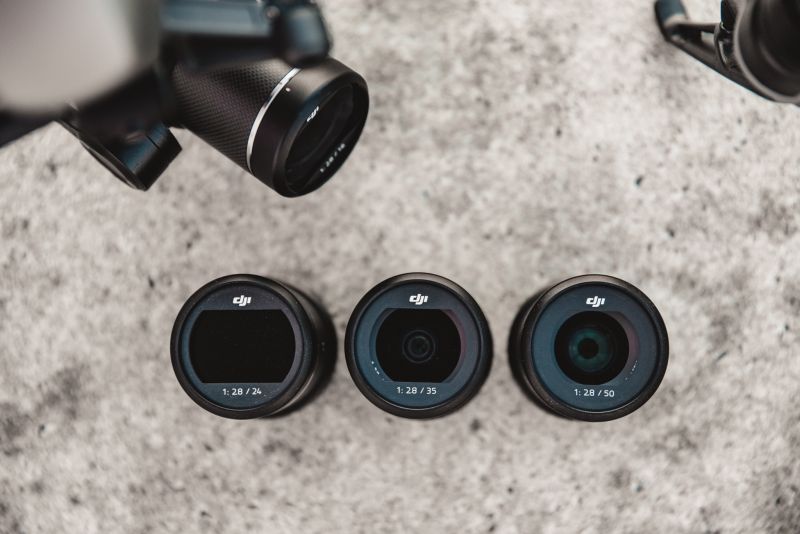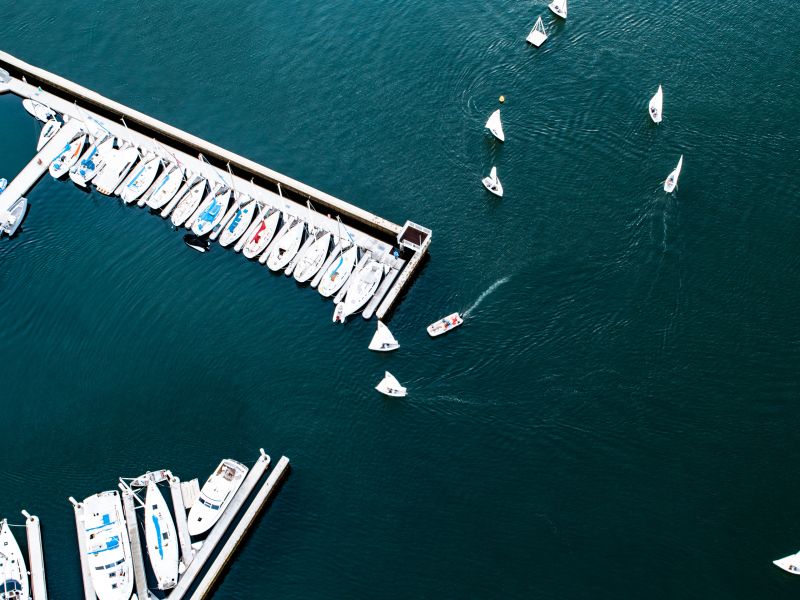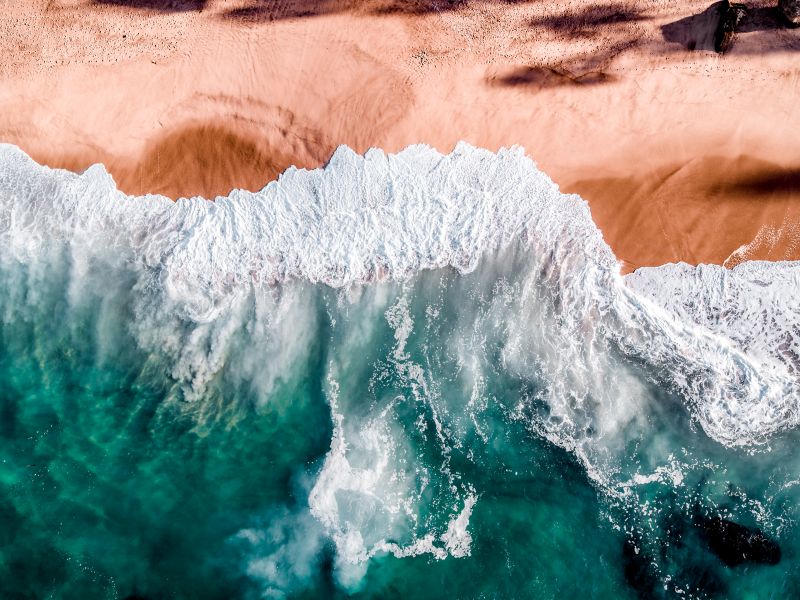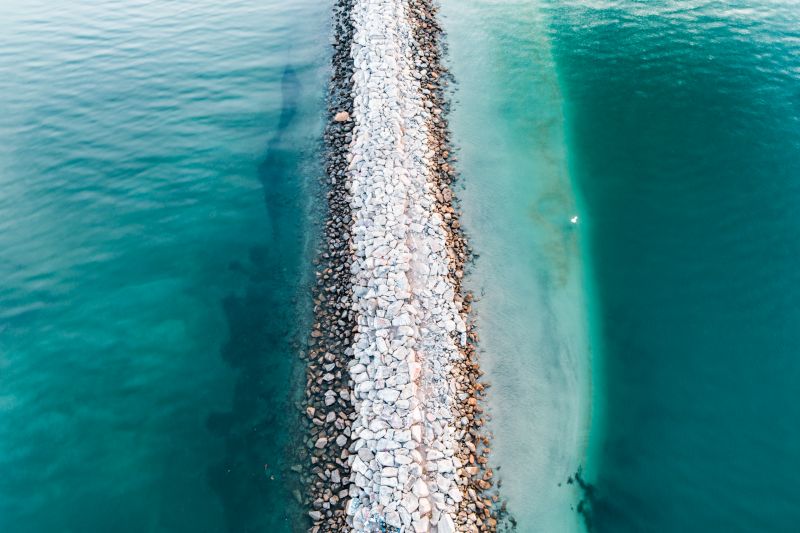
The Inspire 2 and Zenmuse X7 are pieces of gear anyone would be stoked to review – stoked, and terrified, and when the Pelican cases arrived both of those feelings were immediately justified. This thing is a beautiful beast. It’s like being told you get to test the Bugatti Chiron on the Autobahn, and I tested this with an equal amount of gravitas.
The Inspire 2 and X2 combo is an amazing piece of cinema gear that will make bridging even the advanced hobbyist into professional projects an enjoyable path. I’ll be giving more direct attention to the Zenmuse X7 camera system and compatible DJI lens lineup, as the performance of the Inspire 2 is incredible but already pretty well understood in the video/drone community.

You should know before I start, there is a great deal more unexplored about this setup than I had time to unpack, like full exploration of file formats, resolution, scaling options et cetera, particularly with shooting 4/5.2/6k. There is, however, more than enough room to apply what I say below to those formats. It also has RAW(CinemaDNG) video capture that after my first round of shooting and importing, I realized I didn’t have the time or hard drive space to do a RAW workflow justice so I decided against it.
The Good
It really is a step forward, particularly for cinematography. 14 stops dynamic range, 6k DNG, 5.2k Apple ProRes… it’s a movie-makers dream. One of the underrated parts of this pair is that it’s quiet. The Phantom 4 feels louder than this, and while some noise wouldn’t negatively impact the content, it does make the fact that it’s massive a bit easier to deal with. For someone like myself who is primarily a stills shooter, the experience and final product was one that really made quality, professional, drone video seem attainable and something I could include in my work.
The new lenses also take the same filter size from the X5S, and no matter what you plan on shooting, being able to use filters is non-negotiable. Lastly, the image/video quality is totally insane, and lends itself well to a huge variety of stylized grading and editing which I was most interested in exploring.
The Bad
It’s big, more expensive than a hobbyist would typically consider, creates crazy huge files, and the batteries drain fast. However, this category could be just as easily called ‘expected’, because for the cinema drone standard, you anticipate these things. But, as with any new or innovative piece of gear there is still give-and-take, and in keeping with DJI’s new release trajectory each step forward is much more give.
The Ugly
you’ll need about 8 batteries for a shoot – well, not technically, but practically. I had two handfuls of chances to go out and shoot and a good portion of that was spent looking, scouting, learning, experimenting, and 35% shooting, and 15% landing. I’ll give some room for error here that the batteries may not be at top operational capacity which is why at 10% it basically would begin the landing process, but for my review purposes that hindered how much I could create. And –not DJI related– drones are gaining a lot more negative attention so you’ll have to do a lot of homework as a drone operator if you’re planning on taking this anywhere outside, because it will cause a scene, take my word on that.
Re: X7 and lenses
With DJI moving from the 4/3 sensor to the Super 35mm APS-C it is now an industry standard-level piece of cinema equipment.
The X7 sensor is larger and yet the unit still weighs less than it’s predecessor. It is a cinema-grade camera with cinema grading options. In the most non-technical language it was fun, easy, and felt very akin to shooting and editing on/from a DSLR, whereas in the past, the Phantom series needed it’s own unique attention and approach. Essentially, you will now be able to seamlessly work these files into your DSLR video workflow. *and everyone who has graded a good deal of video shouted ‘hallelujah’*
16mm – Super wide shots and can give some massive landscape images/video without having to move around too much. With an athlete or vehicle or single subject this lens could also do some amazing close up follow shots while still capturing the broad landscape. A great thing about a wide lens is that you can really abstract landscapes into lines/color as you fly higher. For a fine art photographer this could be your go-to abstract print lens.
24mm – This was the one that felt the most at home because it’s the same focal length as the Phantom 4, and if you’ve flown any of DJI’s products you’ll know how this feels. It has the most natural visual field-of-view and feels totally comfortable for stills and video.
35mm – This would be my go to storytelling lens. It is amazing for reveals as well as subject-centered shots, sports, follow shots, etc. This lens really can do it all, and when it’s pulled up and away can get some amazing scale without warping. This is also closest to the focal length you’ll get with a Mavic Pro, and it will have a very familiar feel because so much of film in the past has been shot on 35mm cameras.
That said, this and the 50mm really require a different kind of piloting, as you will have to rely much more on line of sight to be cautious of your distance.
50mm –This one was probably the toughest to get a real grasp on. Small movements feel like big movements, but with some real finesse you could get some real helicopter-level content with this. Shooting with this felt like a different experience altogether and had a bit of added anxiety whenever I didn’t have a second set of eyes to help me with line of sight.
Everything feels closer and with movements being exaggerated I felt much more cautious with this lens attached. Despite that, I was able to get a couple of shots that add a massive amount of cinema scale and drama that don’t feel possible with the other 3.
If you’re looking for practical hints/tips of filters and setup options with lenses I’ll be sure to cover that in an article of it’s own which is currently in process.
If you’re at all familiar with the past camera systems you can compare it yourself on their website https://www.dji.com/products/compare-zenmuse?site=brandsite&from=nav and see how it stacks up to the X5S. I’ve grown so exhausted of tech companies coming out with ‘upgrades’ that feel much more like a sideways step than a forward one, that I’d be just as critical of DJI if that was the case, but time-after-time they seem to move forward and back it up both to the casual viewer as well as the pixel-peeper.
Conclusion
The bottom line is, if you carry the title ‘filmmaker’ and you have a need and budget that might go to a helicopter rental, this is something to consider. If you work with a team where there could be a pilot and photographer dual-manning the master and slave controllers, even better. This setup has the accessibility and ease for a hobbyist to make a serious leap in filmmaking while maintaining the technical fortitude to withstand growing industry standards.
For those of you looking to step up either your personal video work or add compelling cinematography that looks like a large scale production this is also a great option. As a landscape photographer I am always compelled and challenged by people that can make moving vignettes of their travels, and when I see a well done video on Vimeo that includes cinema-grade aerial work I realize why people make the leap to the Inspire and Zenmuse.
This is definitely five to fifteen steps away from the hobbyist drone that a Phantom 4 or Mavic Pro might feel like. This is a serious piece of film equipment and will require the same amount of time investment to learn and master it as would any other piece of gear. It will not be a straight out of the box experience and for those hoping to set themselves apart from the amateur, you should be glad about that.
With the investment of money, time, and practice, the Zenmuse X7 will continuously surprise you with how well it’s able to keep up no matter the sport or setting you need it to capture. If you’ve not seen a real pilot pro run one of these you should look and know that even after gaining expertise the Inspire 2 will keep you on your toes, and the X7 will get world class footage if you are willing to put in the time and hard drive space to get there.
Regarding things like color grading, stills editing, and using this drone for full length video production, those are coming this way soon. If there are any specific features, or questions about my time spent using it please make sure to ask below and I’ll respond.
Check out the Inspire 2 & Zenmuse X7
[HOLIDAY GIFT GUIDE: 2017 Full Holiday Gift Guide For Photographers]
**You’ll probably notice a lot of similarity in the clips. A lot of 1080p slow 60fps shots. This is because while I really wanted to get some sweet 6k shots or test out the different frame rates or use the DNG(raw video) option, I knew I only had a limited time to fly, test, edit, and review these pieces – still, who doesn’t love some sweet b-roll slow mo?
















Get Connected!